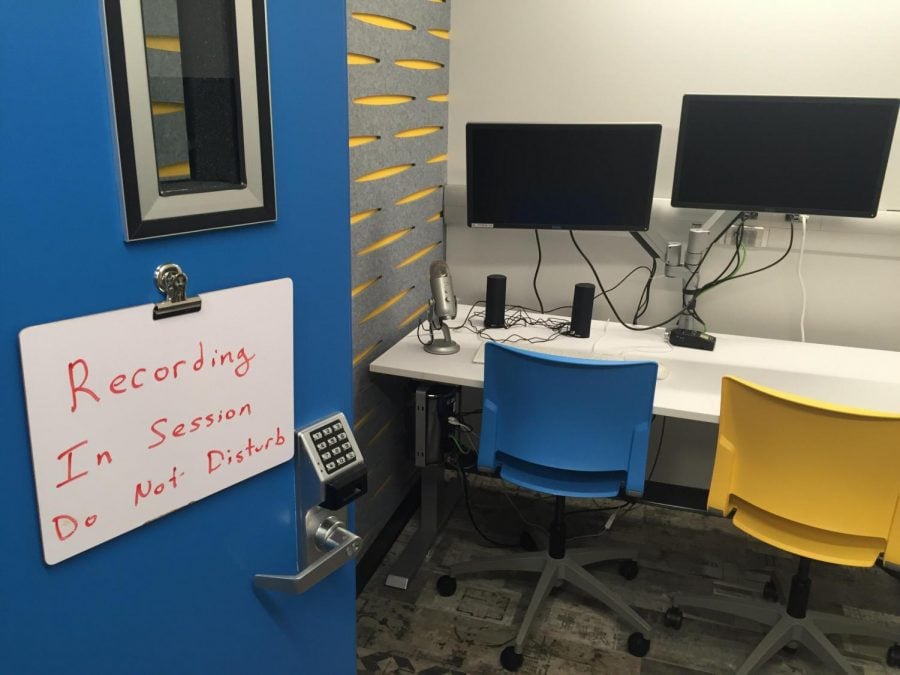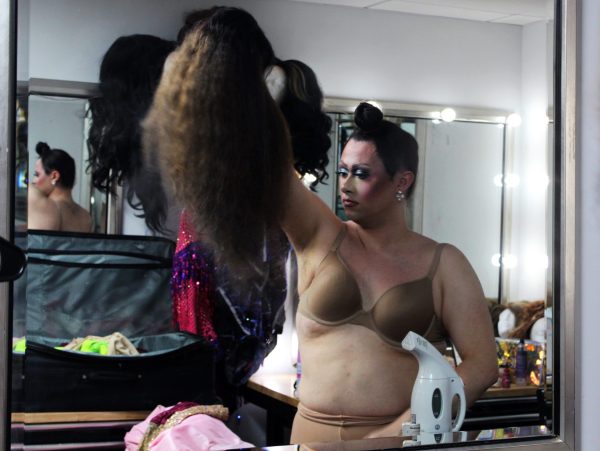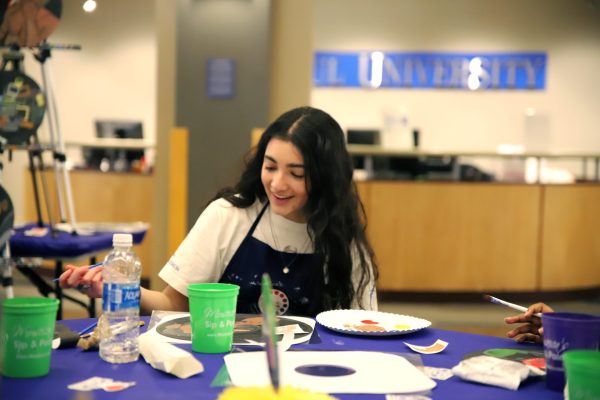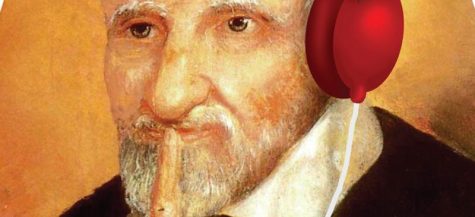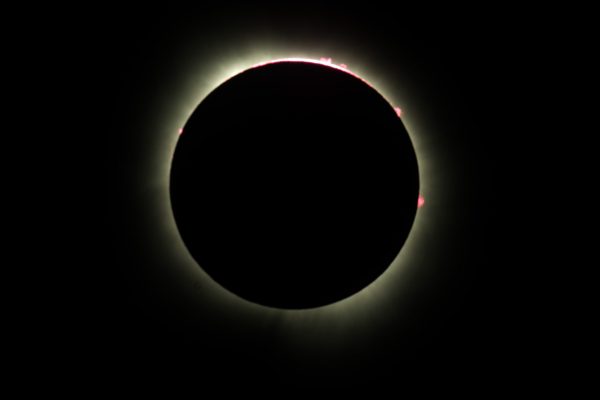DePaul has high hopes for new media space
The recording studios in the John T. Richardson Library are a part of the University’s renovation efforts. (Rachel Fernandez | The DePaulia)
When Janice Scurio graduated from DePaul 10 years ago, the third and fourth floors of the John T. Richardson Library looked exactly as they do now. When she came back 18 months ago as the Information Technology Librarian, the university had begun a renovation project and already completed the first floor to what we see now. Scurio is helping to finish off the second-floor remodel with the completion of the 1581 Media Studios.
Right next door to the Maker Hub are five new rooms that will be part of the Studios. There are three recording booths, a usability studio and a green screen room. When in the planning phase, the staff working on the renovation were noticing that more libraries were offering things like the Maker Hub, recording booths and/or high-powered computer labs, so the decision was made to transform the second floor into the technology hub of the library. Taking some feedback from staff and students, they found that even though people from the School of Music had practice rooms and the CDM building had powerful labs, they wanted a central Lincoln Park area open to all students to allow them to stretch their creativity.
“There really was no central place on campus for people from all sorts of disciplines to come together and work on stuff, so that’s how these spaces came to be,” Scurio said. “If you’re a budding musician or a YouTuber or a podcaster, that’s what these rooms are for- to exercise your interests outside of your curriculum.”
Of the three recording booths, two are single-seat rooms with a computer, microphone and speakers. Each computer is loaded with the Adobe suite (Photoshop, InDesign, Premiere, etc.), and for music specifically they have Sibelius and are working to get ProTools at the request of faculty and students. The third room is a bit bigger and has an extra monitor for group projects. For those looking to learn how to use the software, Scurio students should go to Lynda.com for training videos, which all DePaul students have access to.
The usability studio is for someone who wants to test out an app, website or game. It has three computers set up for test subjects, and they are loaded with Silverback that records the actions on the computer screen as well the faces of the testers using the Mac’s webcam. If they so choose, the ones running the test can look in from a two-way mirror in the observation room, which also has its own computer.
“Essentially if you have a website and you want some feedback on it (…), then you can kind of test where they click first, where their eyes go to, and then you can take that data and use it to rebuild your website,” Scurio said.
The final room is a green screen room. From the ceiling hangs light fixtures that are connected to a light board next to the double-monitored computer on the other side of the room. To turn on the lights, you must tab up the right sliders and they will dim or brighten according to how high they are set. Scurio says they were very conscious of the accessibility when putting in the lights.
“When we were developing what that room was going to be like, we were like, the user experience needs to be as simple and easy to jump into as possible,” Scurio said. “I want something that I can just flip a couple of switches and, boom, I’m going to have a fantastic lighting set up, and that’s what we got.”
While Scurio said she sees the room being used for photo and video shoots, students will need to provide their own camera.
The rooms are about finished, but since some are still missing things like microphones or speakers, it has only been opened to some faculty members and students on a case-by-case basis. Physics professor Eric Lindahl took students from his sound recording and technology program into booths to record sounds from various instruments (accordions and theremins were some of the more exceptional ones) to study their sound waves. He said his students have experience with fancy recording booths and he got good reports from the ones used in the library.
“They were very happy with them, actually,” Lindahl said. “The acoustics were really good, and they enjoyed the software. Although they’d like to see eventually the same software they use in the School of Music like Pro Tools.”
One of his students, Grace, said it was certainly better than one of the buildings they had to use before when they just had to ask everyone to be quite during recording.
Another thing Lindahl said he appreciates in how they are set up is the studios location next to a large classroom. The classroom has a computer hooked up to an 87-inch television to use for demonstrations and a cart of MacBooks for students. He says that many professors will probably use the room to do one big training session and then let the students book the studios on their own time. He also mentioned he plans to set up an electronic music night.
For the rooms themselves, once they are finished, they will be booked through the library website like how study rooms are booked now. Scurio said she hopes the final pieces will be delivered in the coming week and the rooms can then open.


